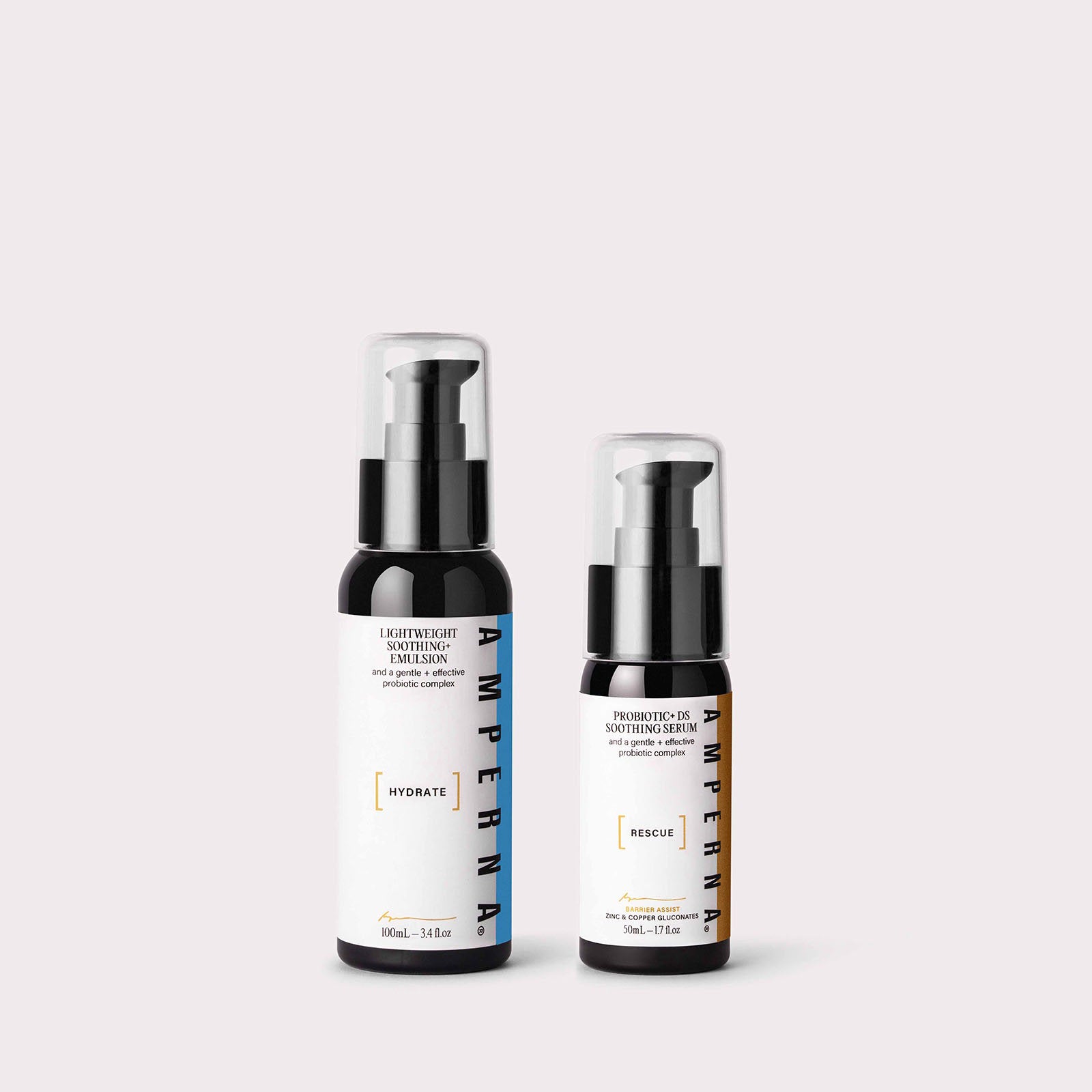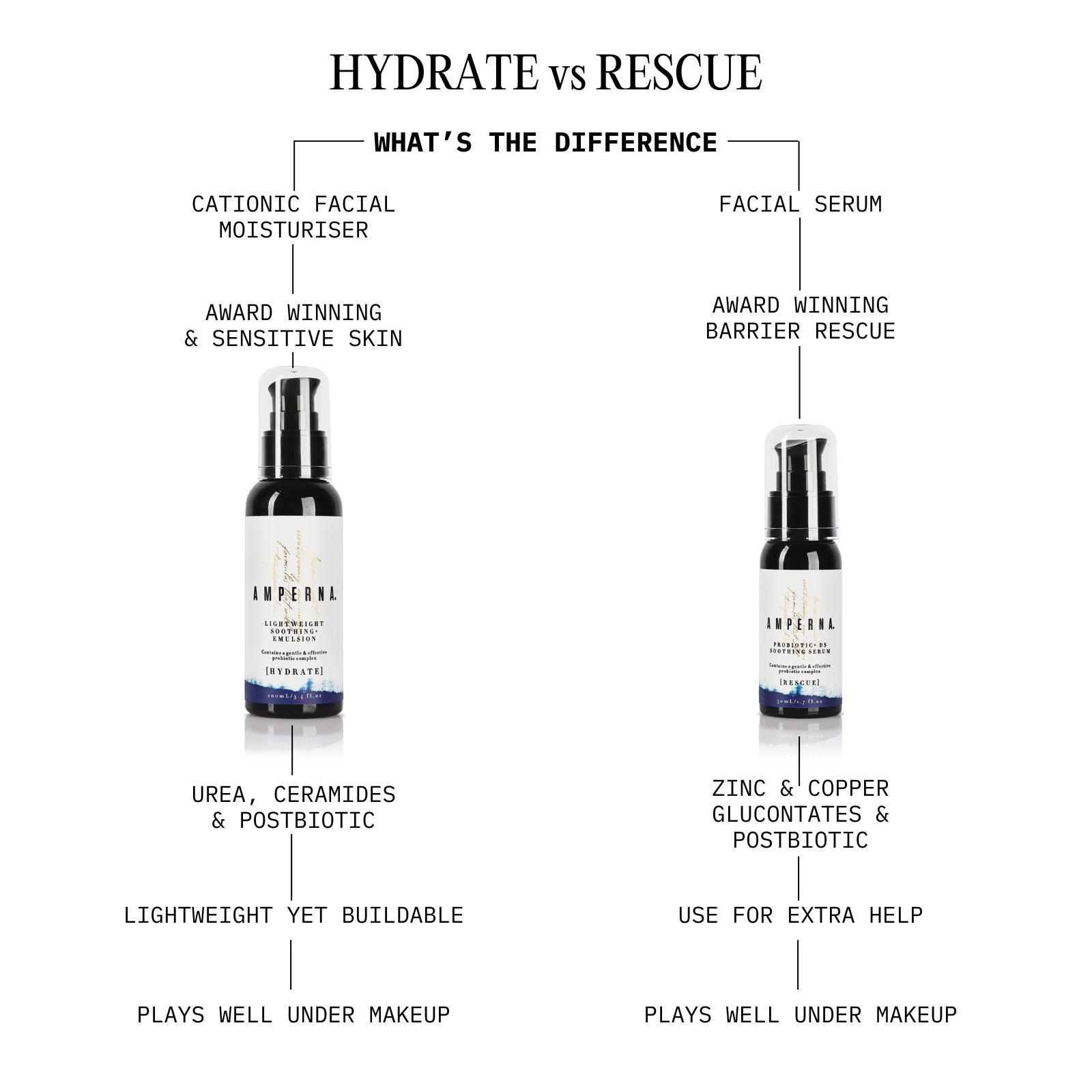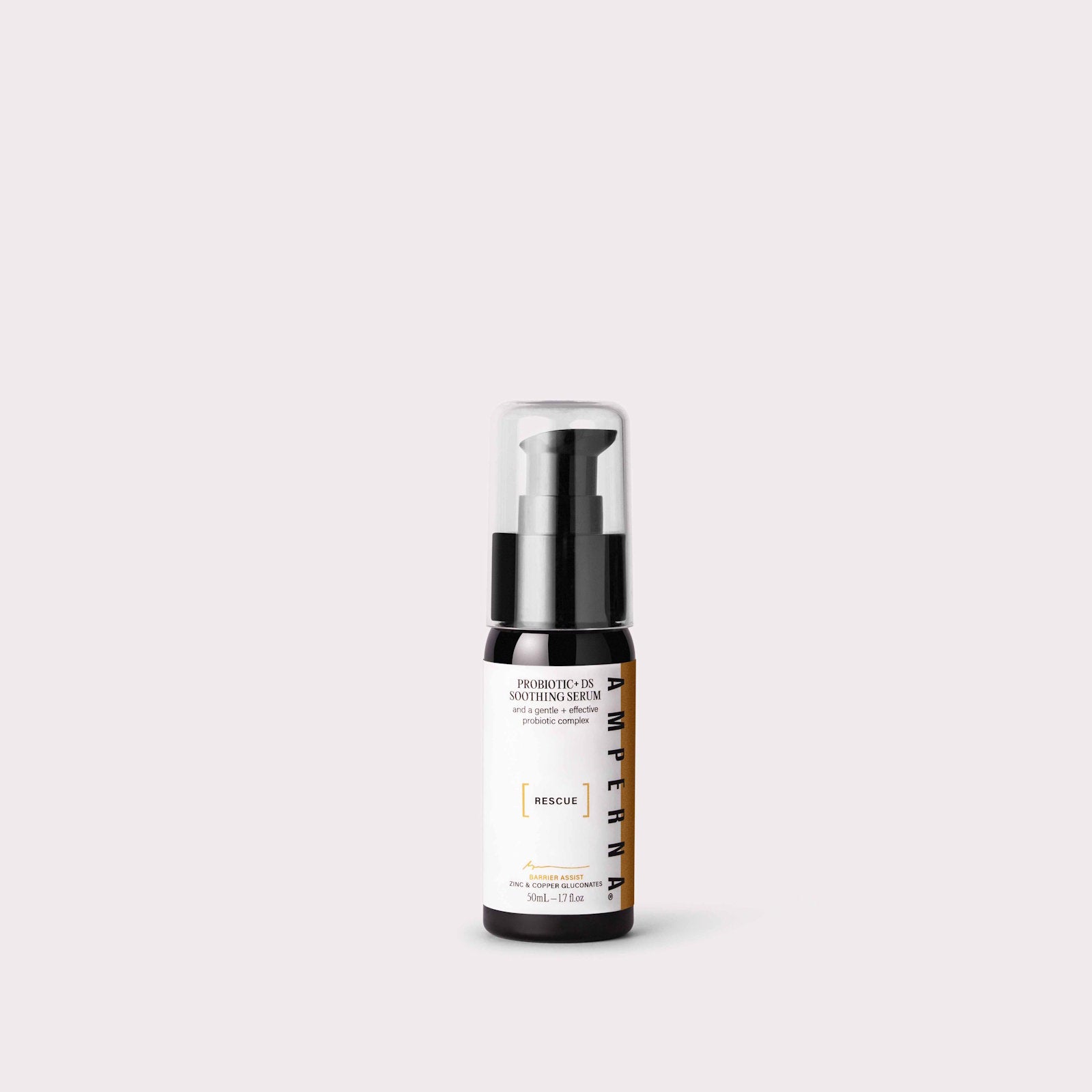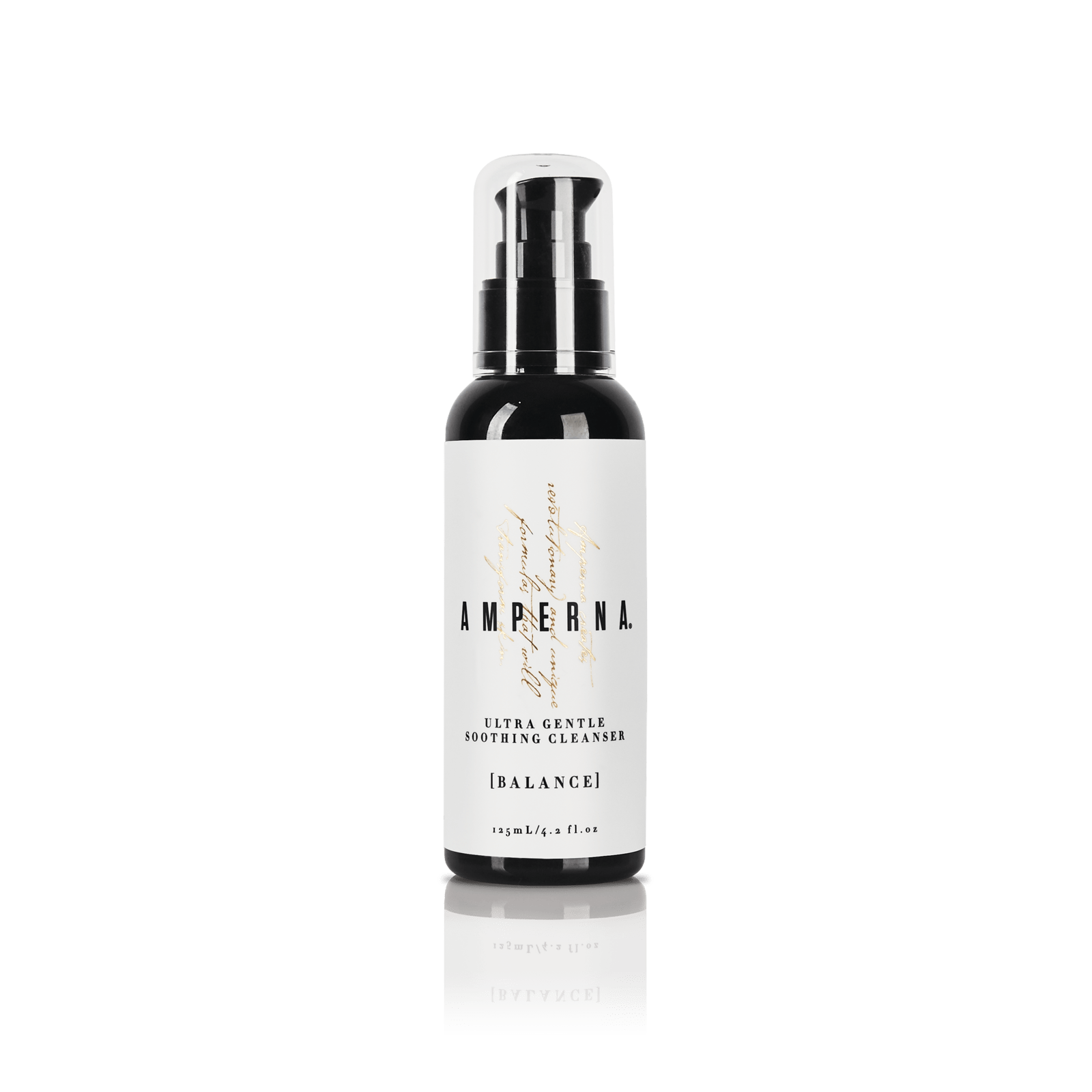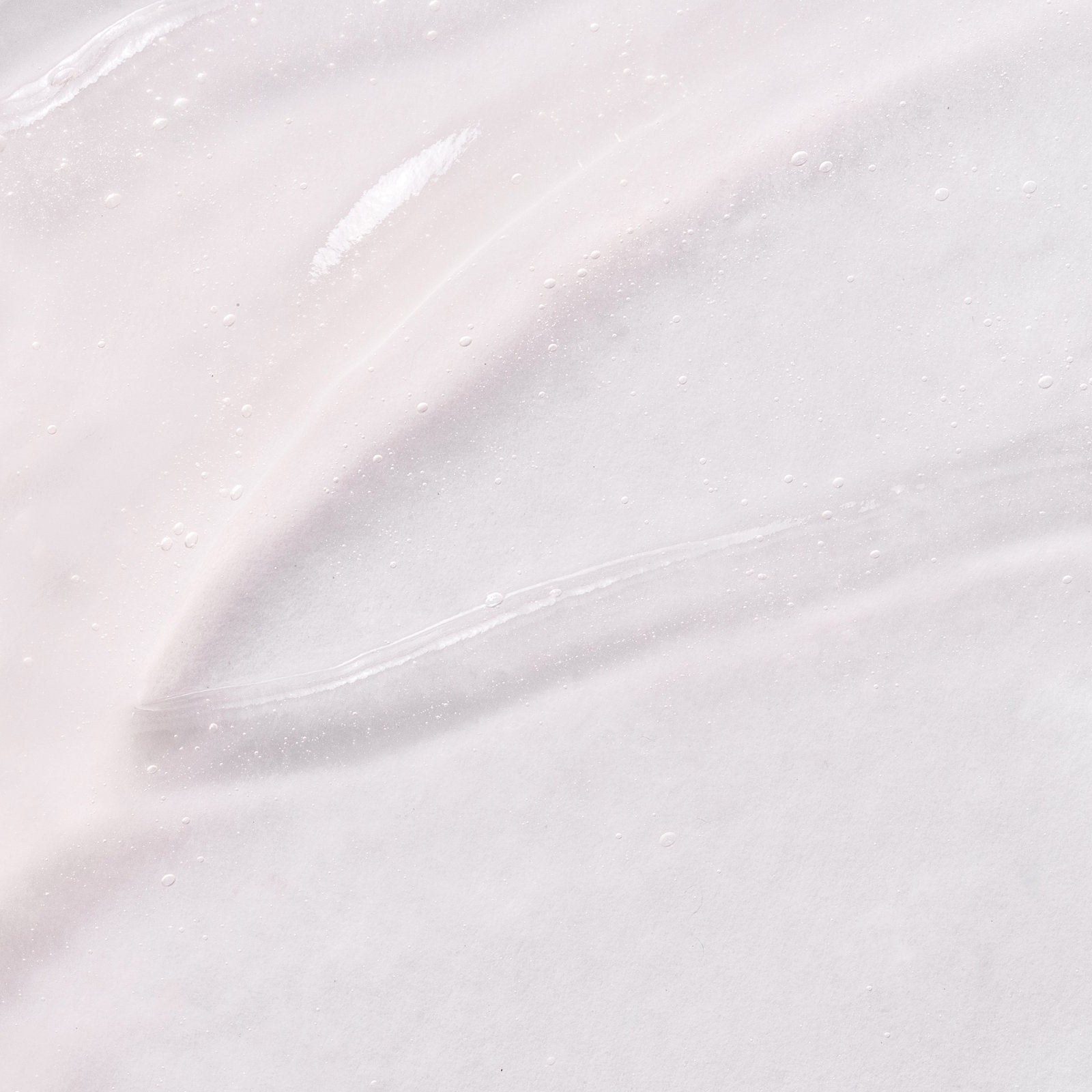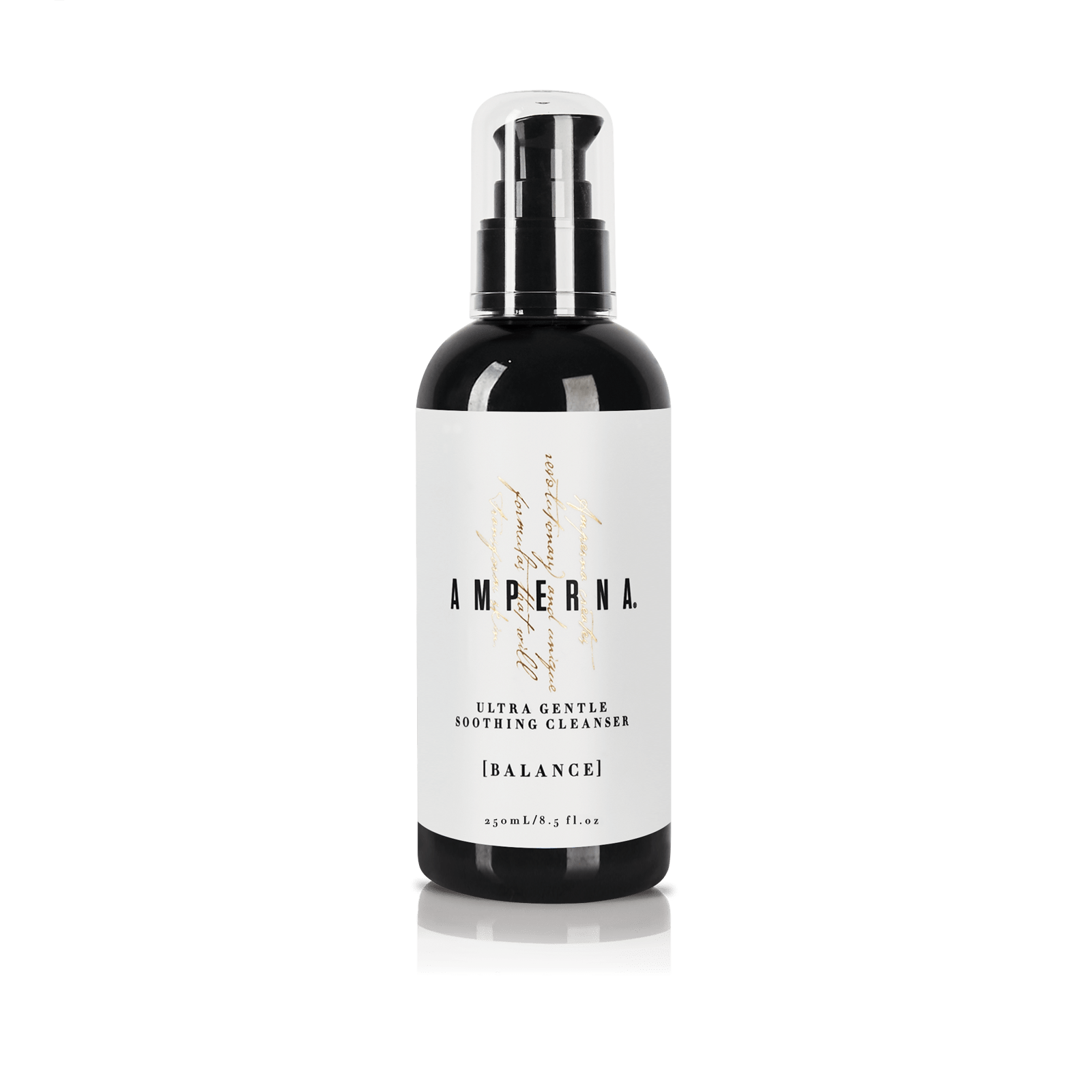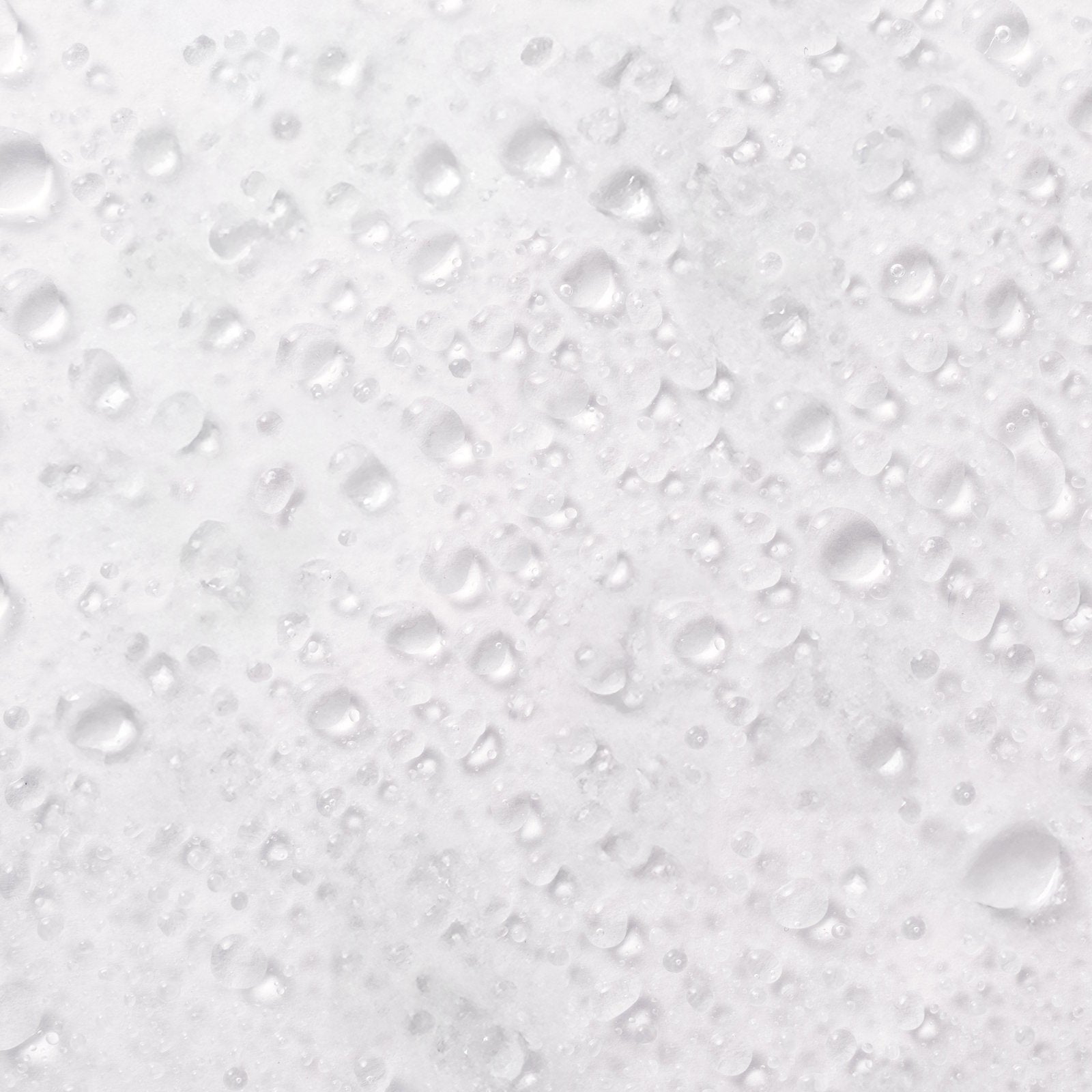Until recently, the main methods used to wash your face were with your hands or a simple washcloth. Then over the last decade a flood of new devices came onto the market, with price tags ranging from ten dollars to over two hundred dollars. Along with these different price tags, come different claims that a device can ‘lift away dead skin cells’ whilst others claim to ‘fully penetrate your skin for maximum results’. So are cleansing brushes worth it?

The jury is out on how effective these face cleansing devices are versus just using your hands, especially for people with sensitive or problem skin. Whilst some people swear by them, others find certain brushes too abrasive for their skin. In fact, in some experts’ opinion, cleansing brushes can do more harm than good and lead to oil build-up.
Are cleansing brushes good for your skin?
In a recent article on Business Insider Australia, Dermatologist, Shasa Hu, was asked for her thoughts on the use of cleansing brushes. Hu’s advice is that “Contrary to popular belief, scrubbing with a washcloth or mechanical devices won’t scuff away oil or makeup polymers on the surface of the skin. Over time, your skin responds to aggressive mechanical exfoliation by producing more oil, which can lead to clogging. This often then becomes a vicious cycle. Mechanical scrubbers can even cause “microscopic fissures” on the skin that can raise the risk of an allergic reaction or skin irritation. If you must scrub, she recommends using a "soft muslin cloth or a gentle, exfoliating cleanser". Another great alternative is to use a gentle cleanser with cleansing pads.

If you are contemplating investing in a cleansing device, it is wise to do your research so you can make an informed choice.
Here are 4 considerations to help steer you in your journey:
1. Read the Reviews
If you are interested in using a cleansing device as part of your skincare routine, do your research. Online reviews (star ratings and comments) are a great way to get consumer feedback from people who have first hand experience. You can look up various devices and use the reviews to help you decide on if you think it is a good choice for your skin type. This is an example of the type of information you can find:
Be mindful to do your research via several website sources and remember that Instagram influencers are being paid to promote products, so they are not always the best source for a truthful review.

2. Know Your Budget
The Lower End
One of the cheapest models on the market is the silicone face cleanser called the Mini Facial Cleansing Brush from KMART. It has a 5-star rating on the KMART website and is described as a gentle, refreshing facial at home or while travelling with this mini cleansing brush. Its 3 professional heads are marketed to deep clean your pores and remove dirt and blackheads and is USB rechargeable so you don't need to worry about replacing batteries. RRP $15AUD.
The Higher End
From Panasonic comes the Micro Foam Cleanser. It is marketed for use on problem skin, comes with 3 different brush heads: a Japanese-Style Soft Brush and Pore-Targeting Silicone Brush and massage roller head. Both are said to be gentle but firm enough to slough away dead skin and reveal a softer complexion underneath. The company claims you can buff your skin twice a day and you should notice a healthier glow in no time. It also doubles as a skin massage device with it's massage roller head that doesn't have the exfoliation impact of a traditional brush.
RRP over $200AUD
3. Clean Your Brush Regularly
It is no use investing in a facial brush if you don’t keep it clean. Brushes and washcloths are both breading grounds for bacteria, so it is important you clean them regularly.
Make sure you cleanse brushes after every use. Warm water with mild liquid soap or anti-microbial products should be used. Once cleaned you should then pat the brush dry with a towel and then let it dry in the air.
It is also important to replace your brush heads every three months.
4. Ask the Experts
Whether it’s your dermatologist or skincare coach, you can ask them for their expert advice on what is best for your skin condition or skin type. This is important as if you are dealing with problem skin such as acne or dermatitis, they can help steer you in the right direction. If you don’t have access to a dermatologist, make sure you do some reading from reputable sources.
As you consider introducing a device into your skincare routine, remember it is not vital. The main thing to get right is washing your face on a daily basis. This is vital as it helps to remove dirt and oil and if you skip it, it is likely your skin will soon suffer from a rise in oil, clogged pores and breakouts.
Good skin care starts with:
- Thoroughly washing your hands first
- A good cleansing, exfoliating & moisturising routine
- Treating the skin with suitable "active" products if required
- Protecting your skin from the sun
Kiri, the AMPERNA® founder, doesn't use a cleansing device as her skin is too sensitive. Another question that she is frequently asked is whether you need an eye cream.

If you are looking to improve your skin’s texture, an exfoliating lotion can really help. AMPERNA® 10% Pro+ Resurfacing Lotion is a gentle leave on exfoliating lotion containing 10% glycolic acid (AHA) and antioxidants to help calm redness and improve the skin’s texture. It is suitable for even the most sensitive skin.
You can find out more about the range of AMPERNA® products here.
Sources:
https://www.kmart.com.au/product/mini-facial-cleansing-brush/1869302
https://www.cosmopolitan.com/style-beauty/beauty/g25473104/best-facial-cleaning-brush/
https://www.elle.com/beauty/makeup-skin-care/a19419130/best-facial-cleansing-brush/
https://www.telegraph.co.uk/beauty/skin/ask-the-experts-are-facial-cleansing-devices-worth-it/
https://www.businessinsider.com/dermatologist-my-skincare-routine-is-bad-how-to-fix-it-2020-9


